Polarisation of Swiss parliament continues
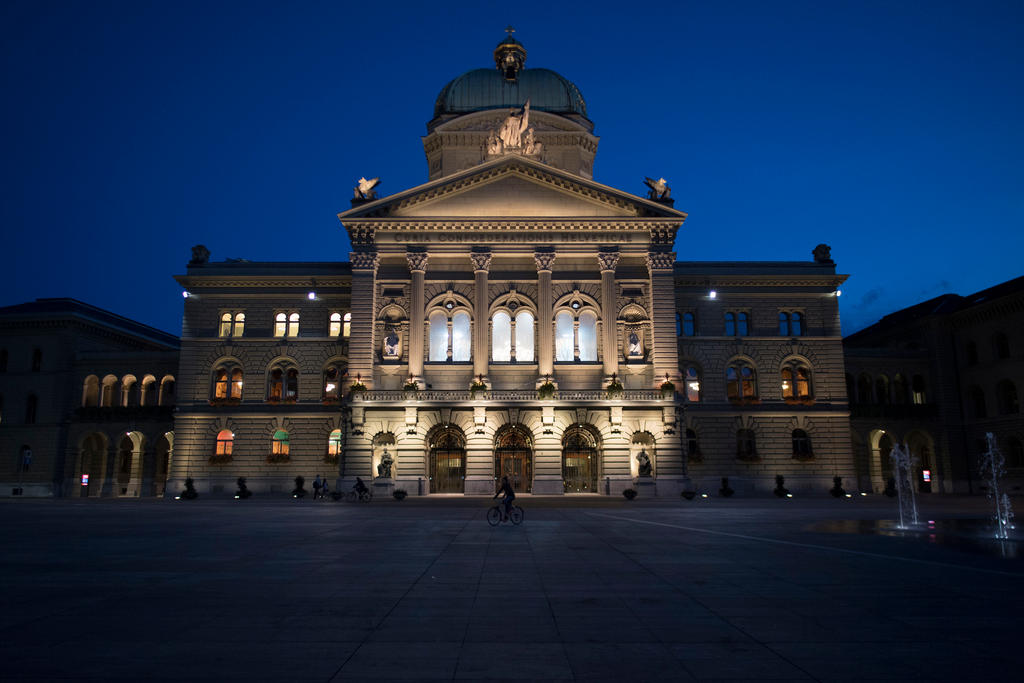
The left and right wings in the Swiss parliament are moving further apart with politicians increasingly sticking to the party line, according to an analysis of the Senate and the House and Representatives.
The trend of a polarising Swiss political landscape has existed for around 20 years, since the spectacular rise of the rightwing Swiss People’s Party. In the 1990s, the smallest (at the time) of the four parties in government began leaning further to the right and winning broader support from voters with its anti-EU and xenophobic stance.
These gains were above all at the expense of the two large centrist parties, the Radical Party and the Christian Democratic Party.
Since 2003 the People’s Party has been the largest party in parliament, ahead of the leftwing Social Democratic Party. There followed a long period of squabbling over the seven seats in the Federal Council (cabinet) which until then had been allocated according to the so-called “magic formula”: two for the Radicals, two for the Christian Democrats, two for the Social Democrats and one for the People’s Party.
Political conflicts also became more heated in parliament. Relations between the main parties had been governed for a long time by a spirit of consensus – in other words, politicians were prepared to work towards a compromise as far as possible. However, recent legislative periods have been marked by extremely volatile alliances between the left, the centre and the right.
A parliamentary ratingExternal link, published last week in the Neue Zürcher Zeitung newspaper, clearly shows the growing rift between the left and the right since 1995. It also displays how the positions of the parties in the centre have drifted apart with the birth of the Liberal Green Party in 2007 and the Conservative Democratic Party in 2008.
The authors of the study note that in this new era of more intense confrontation members of the House of Representatives and the Senate have increasingly toed the party line or that of their parliamentary faction.
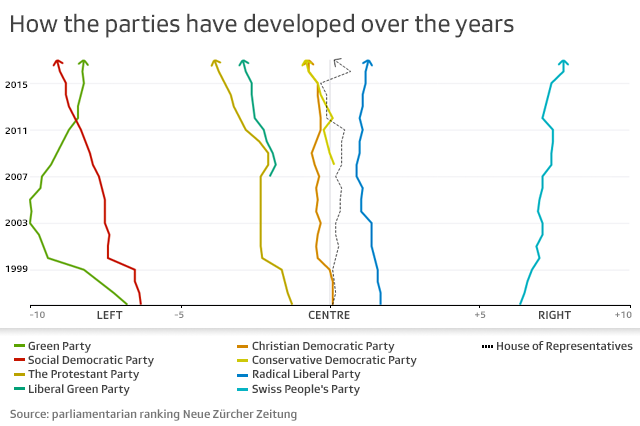
When it comes to sharing out of the vote, the People’s Party is the only party to have benefited from the polarisation. In the most recent parliamentary elections in 2015, it gleaned a record 29.4% of the vote.
On the left, there has been a constant transfer of votes between the Social Democrats and the Greens, which total 25%-30% between them.
In the centre, voter support has dwindled noticeably for the Radicals and the Christian Democrats. It wasn’t until 2015 that the Radicals managed to stem the losses.
(Translated from Italian by Thomas Stephens)

In compliance with the JTI standards
More: SWI swissinfo.ch certified by the Journalism Trust Initiative


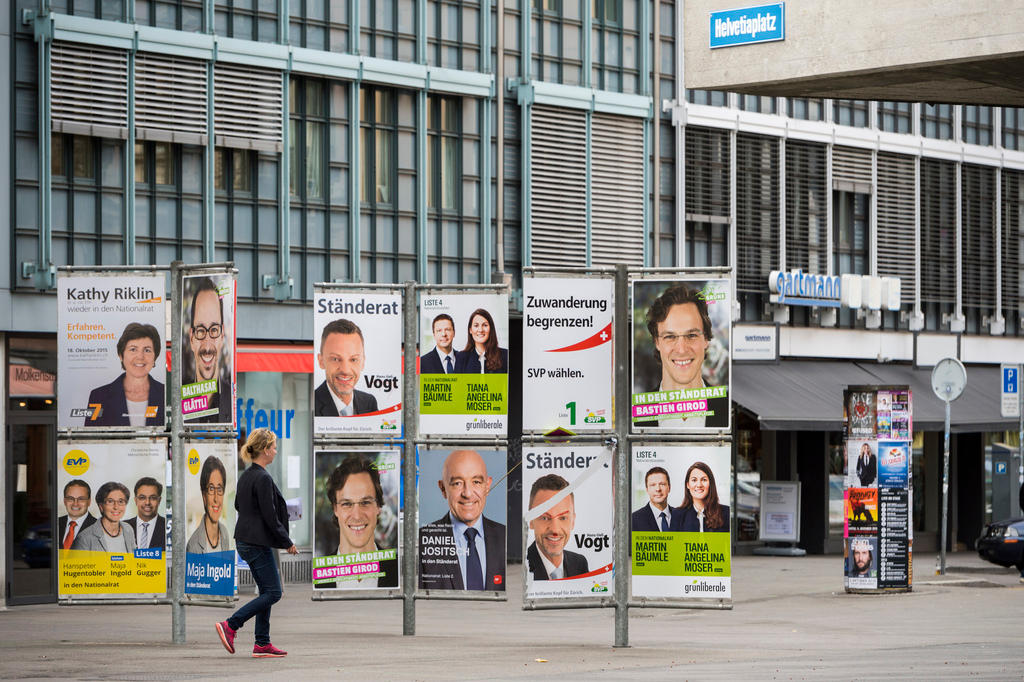
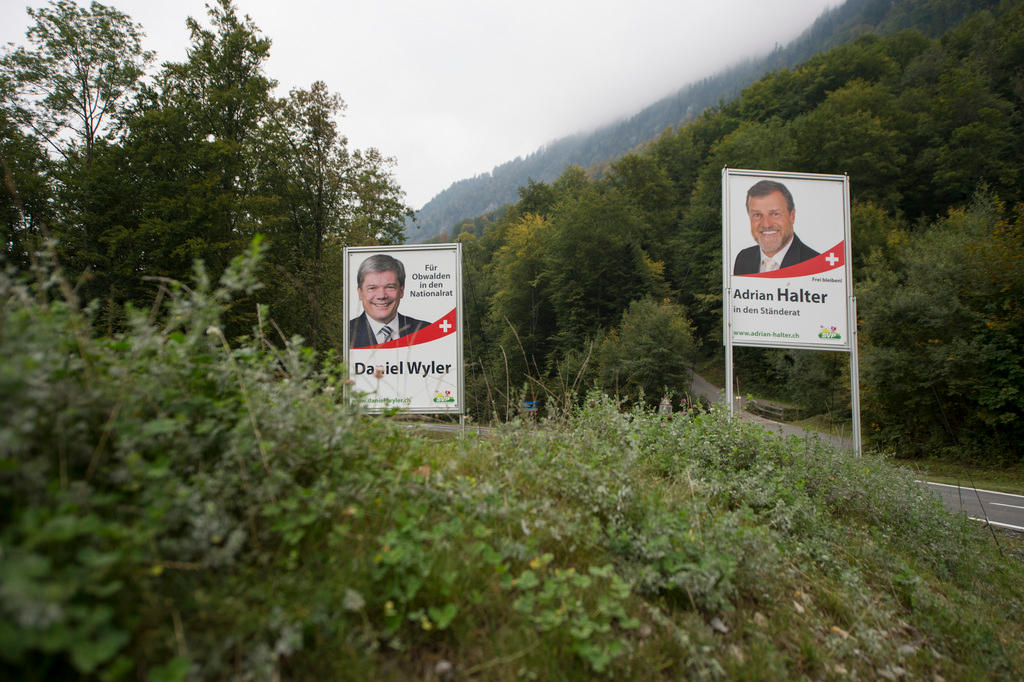
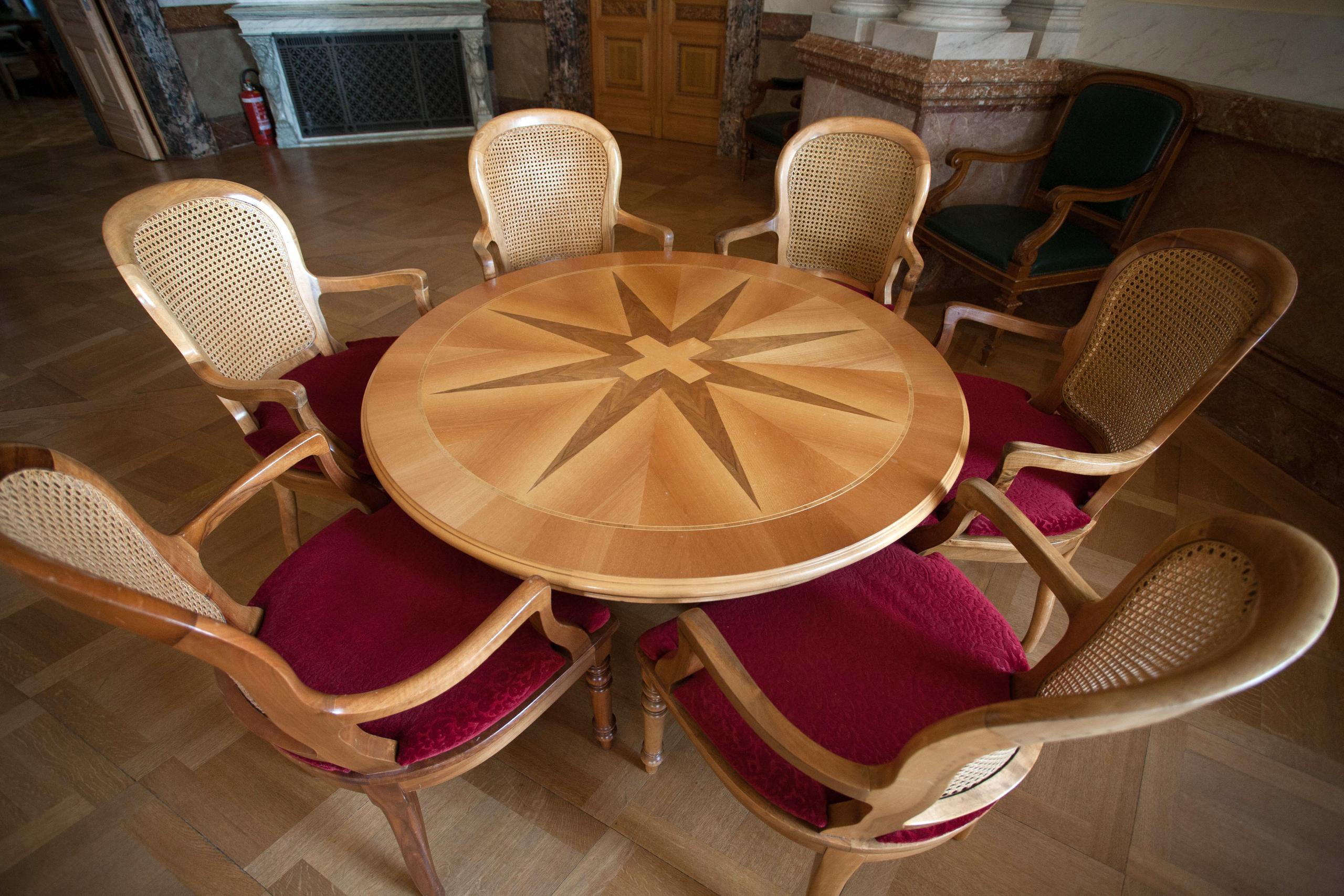
You can find an overview of ongoing debates with our journalists here. Please join us!
If you want to start a conversation about a topic raised in this article or want to report factual errors, email us at english@swissinfo.ch.